What produce should you buy in May?
By the time May rolls around spring crops are plentiful. This means there are new items in season this month. What is in season in May? Some of my favorites are strawberries and spring peas. Produce peaks at different times throughout the US so there will be some variances. But here is a general guide.
To make it easier for you to plan your meals and make a grocery list, I have created produce guides for every month letting you know what is in season along with a few recipe suggestions.

Why Buy Fruits and Vegetables When They Are in Season?
Cost: Produce prices are subject to supply and demand. When produce is in abundance because it is in-season the prices go down.
Eco-Friendly: In-season produce is more likely to be grown locally meaning it doesn't have to travel as far to get to you reducing its carbon footprint. Stop by your local farmers market to purchase some of the freshest produce available.
Taste: In-season produce is fresher and tastes better. It is grown during its optimal conditions and because it can be grown more locally it usually has a chance to fully ripen before it is picked.
Nutrition: Fully ripened produce is more nutritious because it has had time to fully develop before being picked.
What's in Season in May?
Jump to:
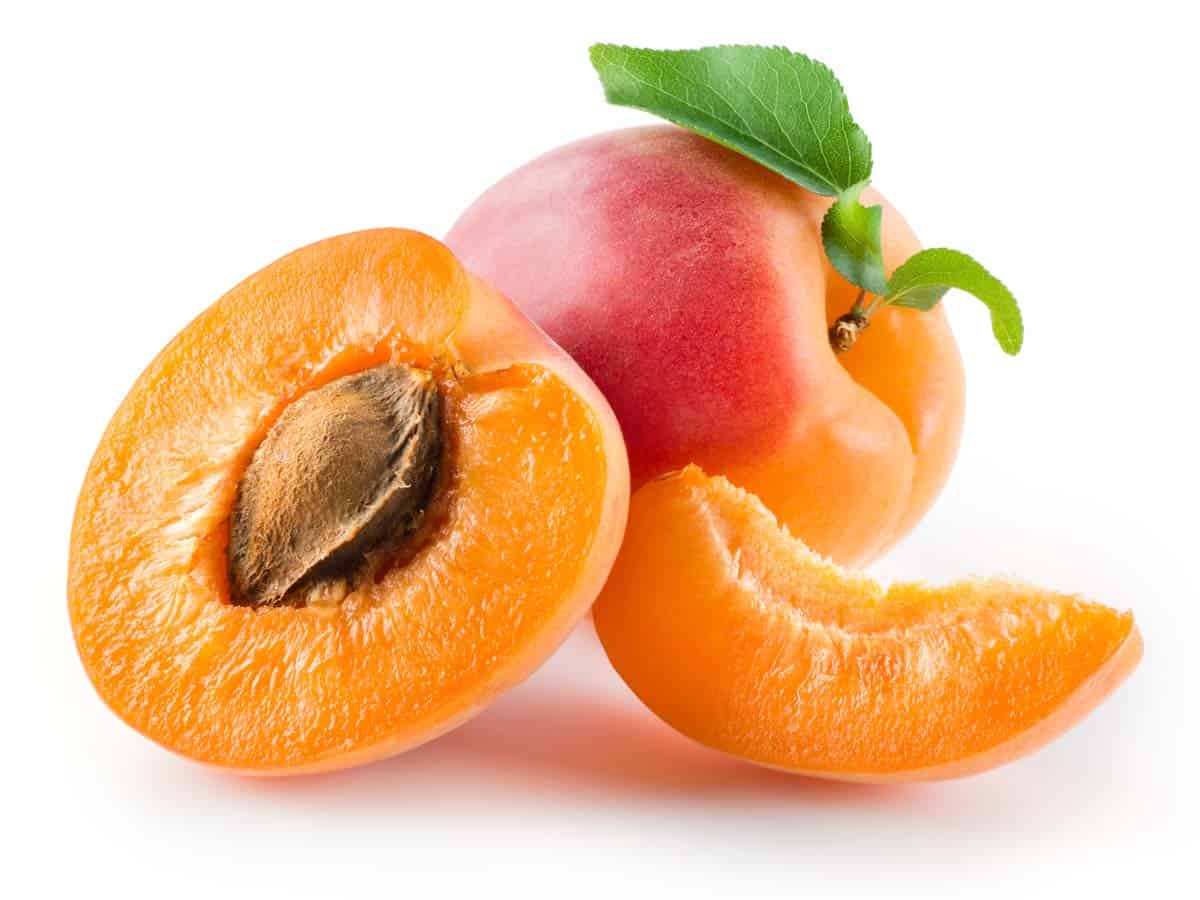
Apricots
Apricots have a very short season from mid-May to early July so pick some up while you can. Apricot flesh is usually firm and not very juicy. Its taste can range from sweet to tart. They taste great baked into a pie or cobbler.
Buying
Look for apricots that are golden in color and firm. Avoid apricots that are a pale greenish-yellow color, rock hard, very soft, or shriveled.
Storing
If your apricots are not quite ripe, place them in a paper bag at room temperature for 2 to 3 days to speed up the ripening process. Unripe apricots can be stored at room temperature for up to 5 days. Refrigerate ripe apricots in an airtight container for up to one week.
Preparing
Apricots are in the stone fruit family meaning they have a large pit in the middle. Slice a ripe apricot around its natural seam, twist the two halves in opposite directions, and remove the pit.
Recipes
- Apricot Almond Salad - Mama Likes to Cook
- Fresh Apricot Crumble with Oat Topping - Bake Your Way Through Life
- Apricot Upside-down Cake - Coffee With Us 3
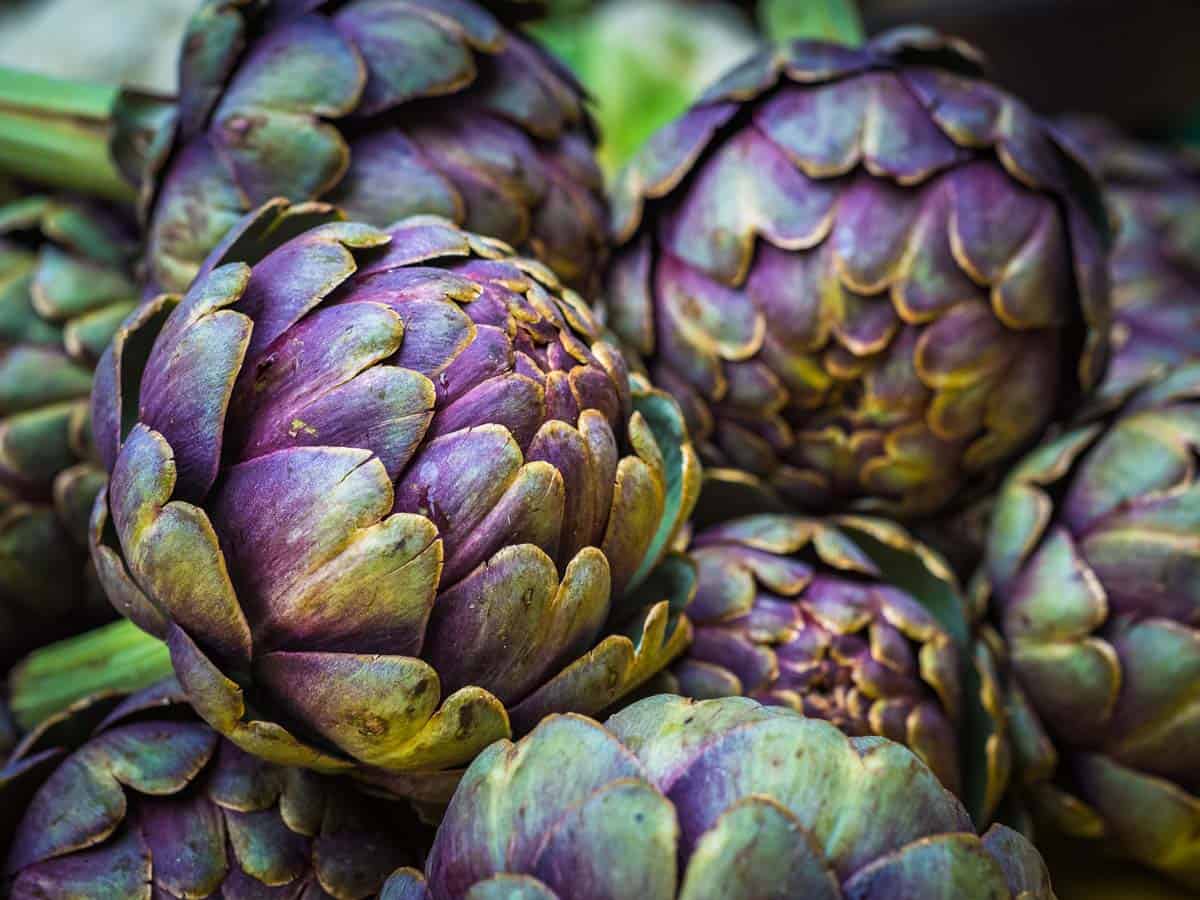
Artichokes
A cooked, unseasoned artichoke has a light delicate flavor. The leaves are often removed one at a time, and the fleshy base is eaten. The fibrous upper part of each leaf is usually discarded. The heart is eaten when the inedible choke has been peeled away from the base and discarded. The thin leaves covering the choke are also edible.
Buying
Choose artichokes that feel heavy for their size and have firm, tightly packed leaves that are green. Avoid artichokes that feel soft or have dry, split, or brown leaves.
Storing
Do not rinse or cut the artichoke prior to storing. Sprinkle the artichokes with a little water, and place them in a plastic bag in the refrigerator. Fresh artichokes will keep for 3-5 days.
Preparing
Rinse the artichoke in cold water, using a soft brush or cloth to remove any film from the exterior. Trim one inch from the top (pointed end) of the artichoke. Cut a quarter-inch off the stem. Use your fingers to slightly separate the petals, opening the artichoke so that seasonings can be better distributed. Cook as desired.
To prepare the heart, trim the leaves and cut off the top so the fuzzy purple choke is exposed. Use a spoon or melon baller to remove all of the choke, which is not edible. Use a paring knife to remove the outer leaves and base of the stem, leaving only the tender inner stem, or the heart.
Once cut artichokes can begin to turn brown. Placing them in water slightly acidified with vinegar or lemon juice can prevent discoloration.
Sometimes it's easier to learn by watching. Watch this video from Samin Nosrat.
Recipes
- Spinach Artichoke Chicken Casserole - Keto Cooking Christian
- Baked Italian Stuffed Artichokes - Wholesome Yum
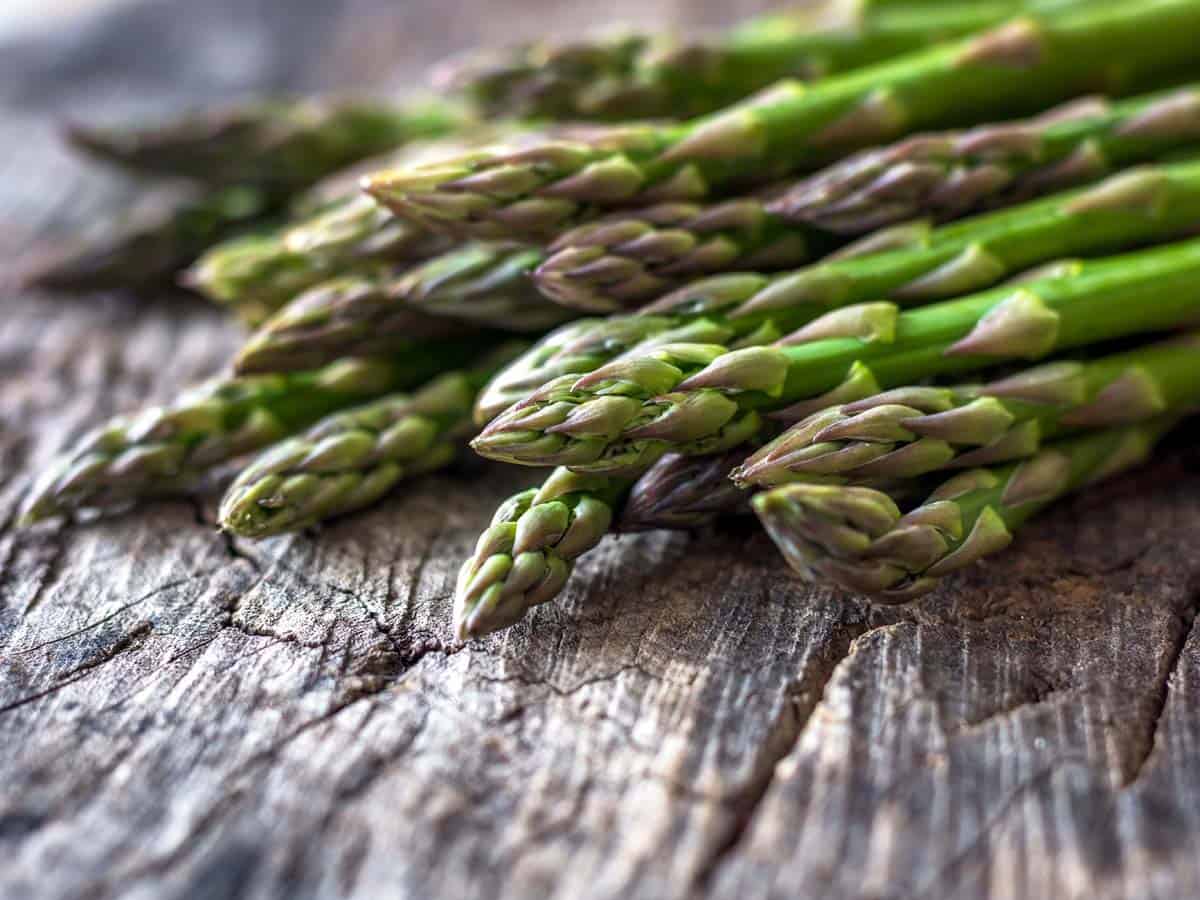
Asparagus
Most of us are familiar with green asparagus but there are other varieties. You can also find white and purple asparagus. White asparagus is covered with dirt as it grows to prevent it from producing chlorophyll. This process is known as etiolation. Without chlorophyll, the asparagus turns white. Purple asparagus was developed in Italy and only comes from certain varieties of asparagus.
Green asparagus has a grassy flavor, while white asparagus is milder and slightly bitter. Purple asparagus is sweeter and nuttier because it has about 20 percent more sugar in its stalks. While the stalks are purple on the outside, the interior of the asparagus is the same as a green spear.
Buying
Choose asparagus with straight stalks and closed tips. Stem thickness indicates the age of the plant, with the thicker stems coming from older plants. Older, thicker stalks can be woody, although peeling the skin at the base removes the tough layer. As it spoils, the tips of asparagus become slimy.
Storing
Trim the ends of the asparagus and stand them upright in a jar with about an inch of water in the bottom. Cover with a plastic bag and refrigerate for up to three days.
Preparing
Cut off the bottom couple of inches of the stalk, or bend each spear until it breaks naturally. Using the breaking method will ensure tender spears of asparagus without any waste. Asparagus can be roasted, steamed, grilled, or sautéed in a pan.
Purple asparagus turns green when it is cooked. To preserve the color serve it raw in a salad.
Recipes

Cherries
There are two types of cherries. Sour or "pie" cherries are tart in flavor and bright red in color. Sour cherries are best when baked.
There are also many varieties of sweet cherries, Bing and Ranier probably being the most well known. They are super sweet and juicy and best when eaten fresh.
Buying
Cherries should be clean, bright, shiny, and plump without any blemishes. Look for cherries with fresh, intact stems, which increases their shelf life.
Sweet cherries should be firm but not hard.
Sour cherries should be medium-firm. As a general rule the darker the cherry the sweeter the cherry. Avoid cherries with cuts, bruises, or dry stems.
Storing
Refrigerate cherries for up to 10 days.
Preparing
Wash and remove stems just before eating. When baking with cherries you will want to remove the pits. A cherry pitter makes this task easier.
Recipes
- Cherry Crumble with Hazelnut Streusel - Country Hill Cottage
- Black Forest Eton Mess - The Spice Train
- Red Wine Cherry Cobbler - The Flour Handprint
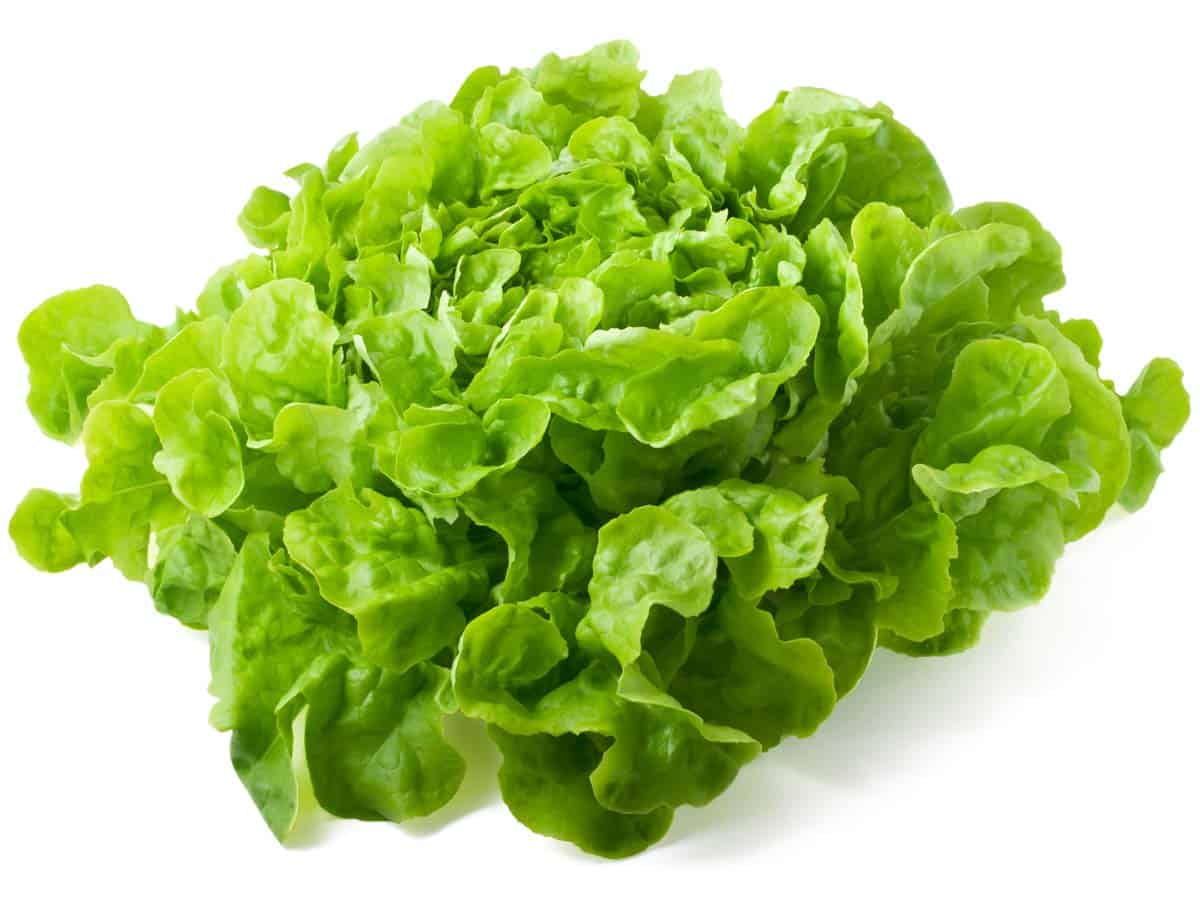
Lettuce
Lettuce is most often used raw in salads and sandwiches but it can also be grilled. Lettuce is an excellent source of vitamin K, vitamin A, folate, and iron.
It has a high water content making it a great choice as temperatures continue to rise.
Buying
Look for fresh crisp leaves that are tightly bunched. Avoid lettuce with wilted or brown leaves.
Storing
Lettuce should be loosely covered and can be refrigerated for up to one week.
Preparing
Rinse lettuce under cold water. Use a salad spinner or pat the leaves dry to remove excess moisture. Slice, chop or tear as needed.
Recipes
- Cilantro Lime Shrimp Lettuce Wraps - Kathryn's Kitchen
- Mexican Beef Taco Lettuce Wraps - Home Cooking Memories
- Cranberry Tuna Salad Lettuce Boats - Stef's Eats and Sweets
- Grilled Romaine Salad - Heartbeet Kitchen
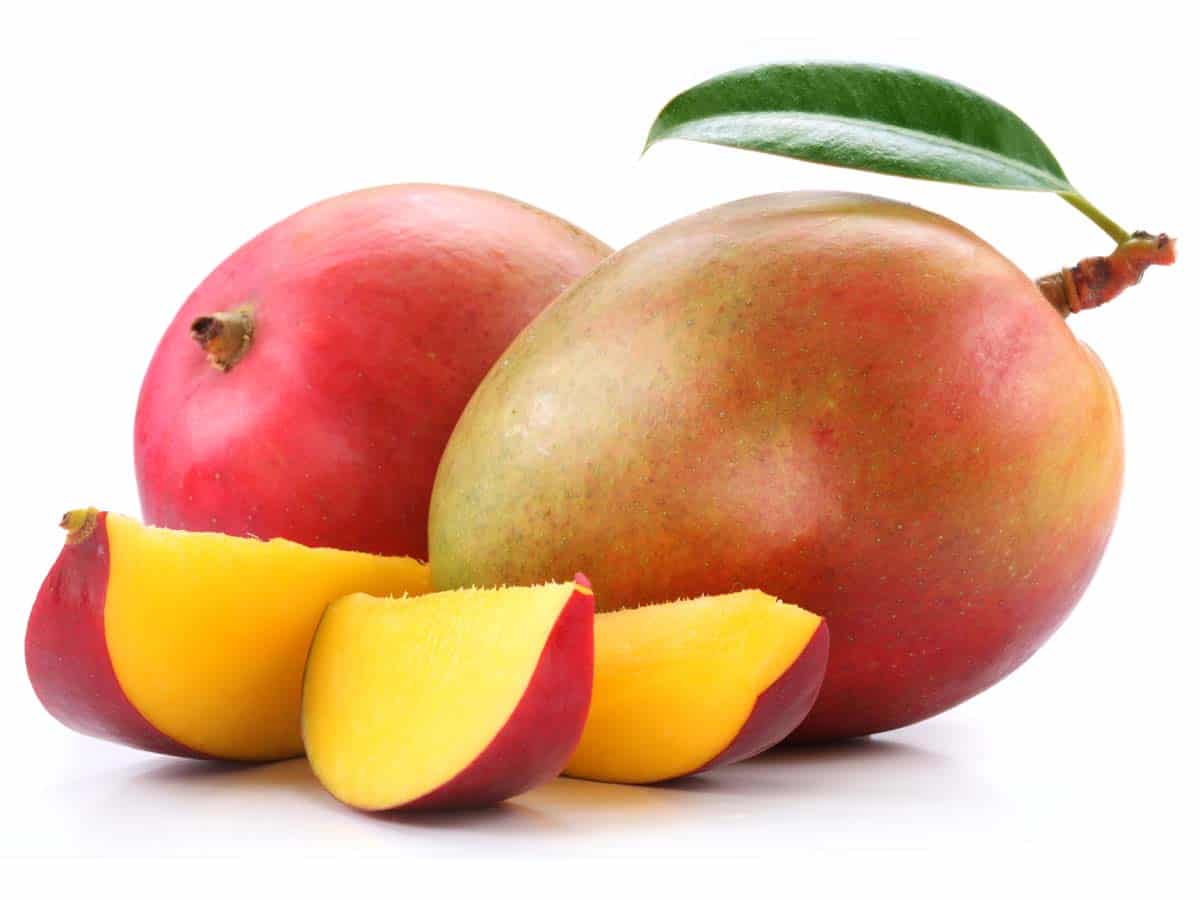
Mangoes
Mangoes are sweet, juicy, and are an excellent source of vitamin A, vitamins C, and beta-carotene. They are also one of the most commonly eaten fruits in the world, with a majority of them coming from India.
Mangos are stone fruits, meaning they have one hard seed surrounded by fruit.
Buying
Mangos should yield to gentle pressure and be without blemishes or dark spots. They should also have a sweet fragrant aroma.
Color has little to do with ripeness and can vary depending on the type of mango.
Storing
Mangoes can be refrigerated for up to 3 days. Place mangos in a paper bag to speed ripening.
Freeze chopped and peeled fruit in a plastic bag with the air squeezed out for up to 3 months.
Preparing
Mangos contain a large, flat pit. To cut a mango, insert the knife into the mango's flesh until you reach the pit. Slice horizontally against the pit, then continue along the other three sides.
To remove the flesh from the skin, score the flesh by cutting just until you reach the skin. Turn the skin inside out and use a paring knife to remove the flesh from the skin.
Recipes
- Mango Pancakes
- Thai Mango Sticky Rice - Little Sunny Kitchen
- Mango Avocado Jicama Salad - 24 Bite
- Fresh Mango Creme Brulee
- Mango Blueberry Muffins
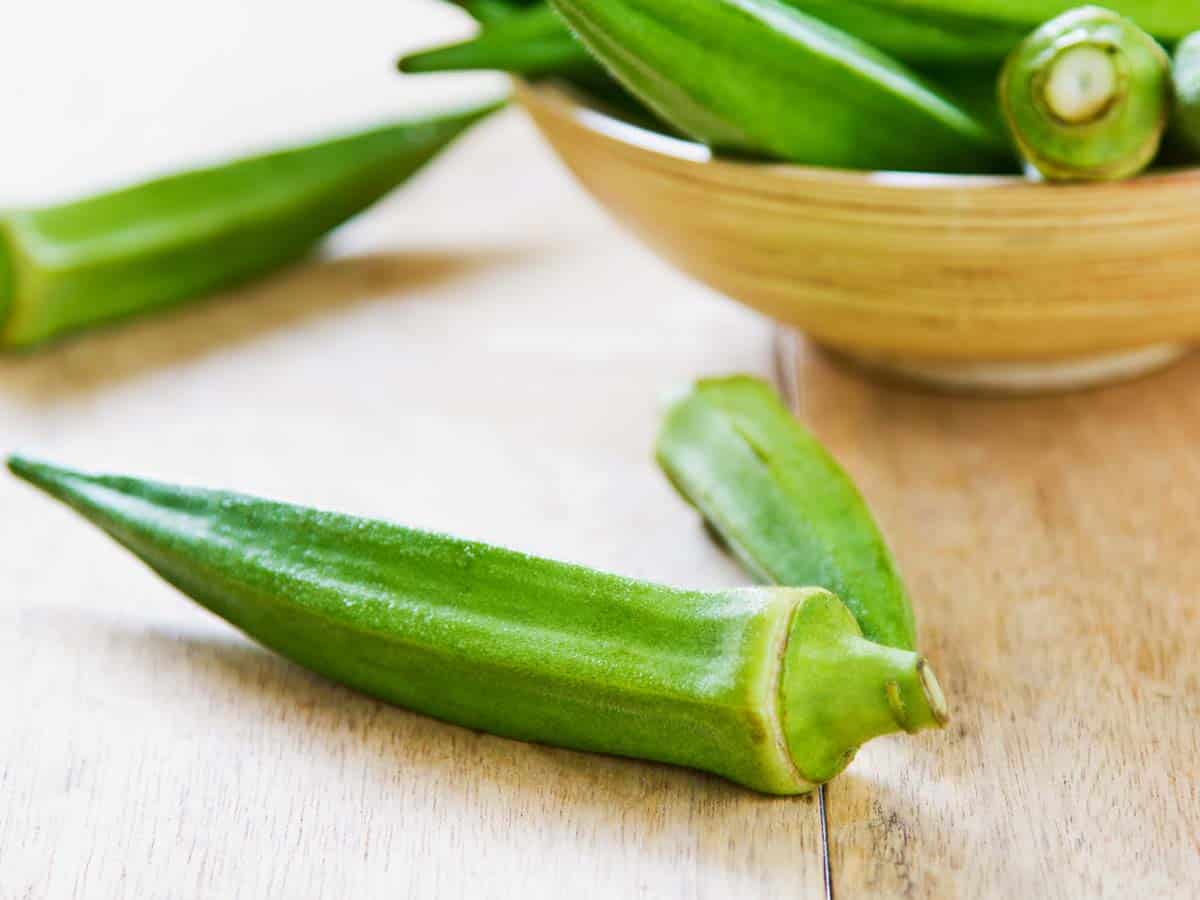
Okra
Okra is a green, finger-shaped vegetable that is very popular in southern cooking. Okra can be grilled, sauteed, fried, pickled, or stewed. It is a great source of fiber, vitamin C, and vitamin K.
Buying
Okra should be dry, firm, and without blemishes. Okra should also be fuzzy like a peach. Avoid okra that is soft, wet, or moldy.
Storing
Okra pods can be refrigerated for up to 3 days.
Preparing
Wash and remove the stem. Slice as desired. Cook okra with vinegar or acidic food to prevent it from becoming slimy.
Recipes
- Bhindi Do Pyaza (Okra Side Dish) - Flavours Treat
- Easy Baked Okra - Cooktoria
- Southern Fried Okra - Moms Who Save
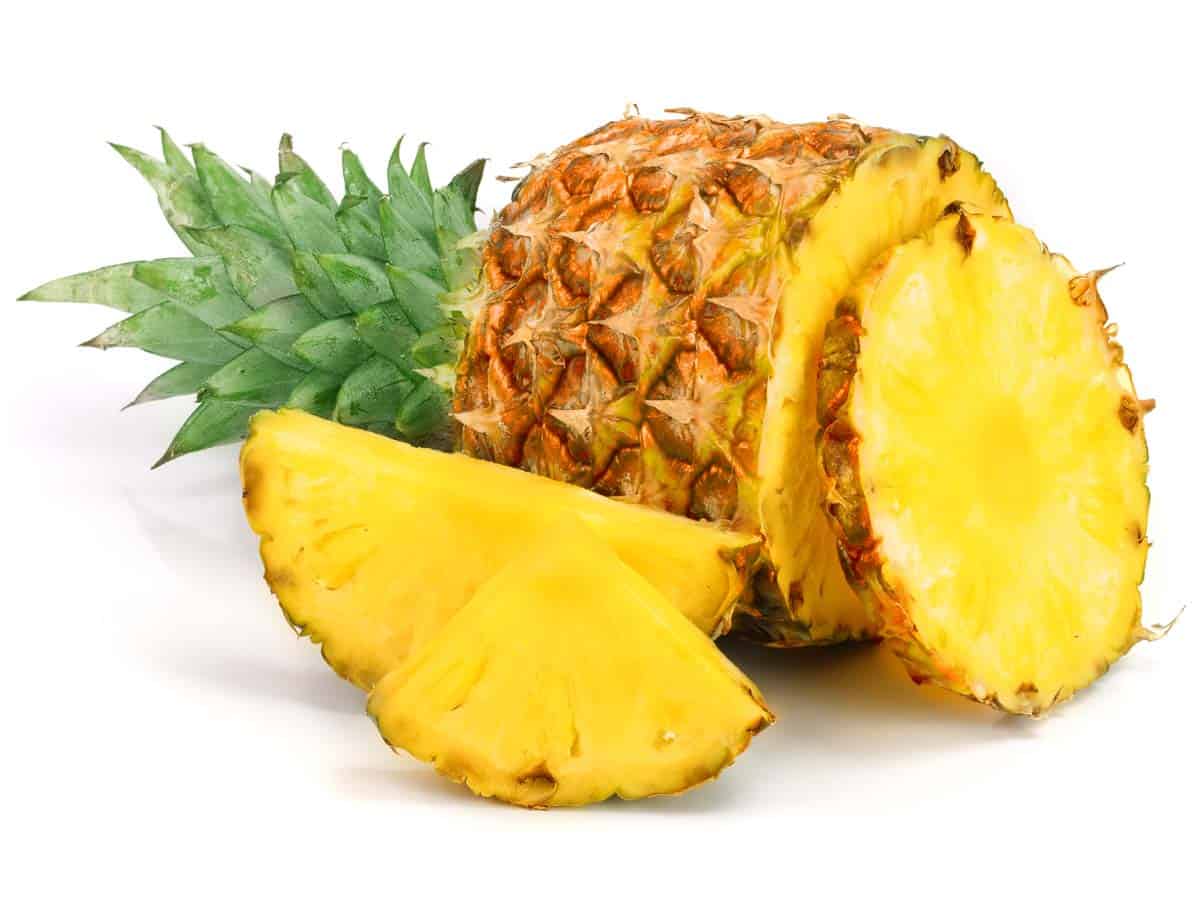
Pineapples
Pineapples grow as small shrubs. Pineapple is rich in manganese and vitamin C and is very sweet but low in calories.
Buying
Look for pineapples with dark green compact leaves that are heavy for their size. Pineapples are ripe once a majority of the base has turned yellow with very little green left.
Avoid pineapples with soft or dark spots and dry yellow leaves.
Storing
Store pineapples at room temperature for up to 2 days or refrigerate for up to 5 days. Refrigerate cut pineapple in an airtight container for up to 1 week.
Preparing
Use a sharp knife to remove the rind and leaves, then cut as desired, removing the core as needed.
Recipes
- No-Bake Pineapple Cream Pie
- Mango Pineapple Hot Sauce - That Girl Cooks Healthy
- One-Pot Vegan Pineapple Fried Rice - Rhian's Recipes
- Pineapple and Tumeric Green Goodness Smoothie - Carefree Mermaid
- Baked Chicken Teriyaki Meatballs
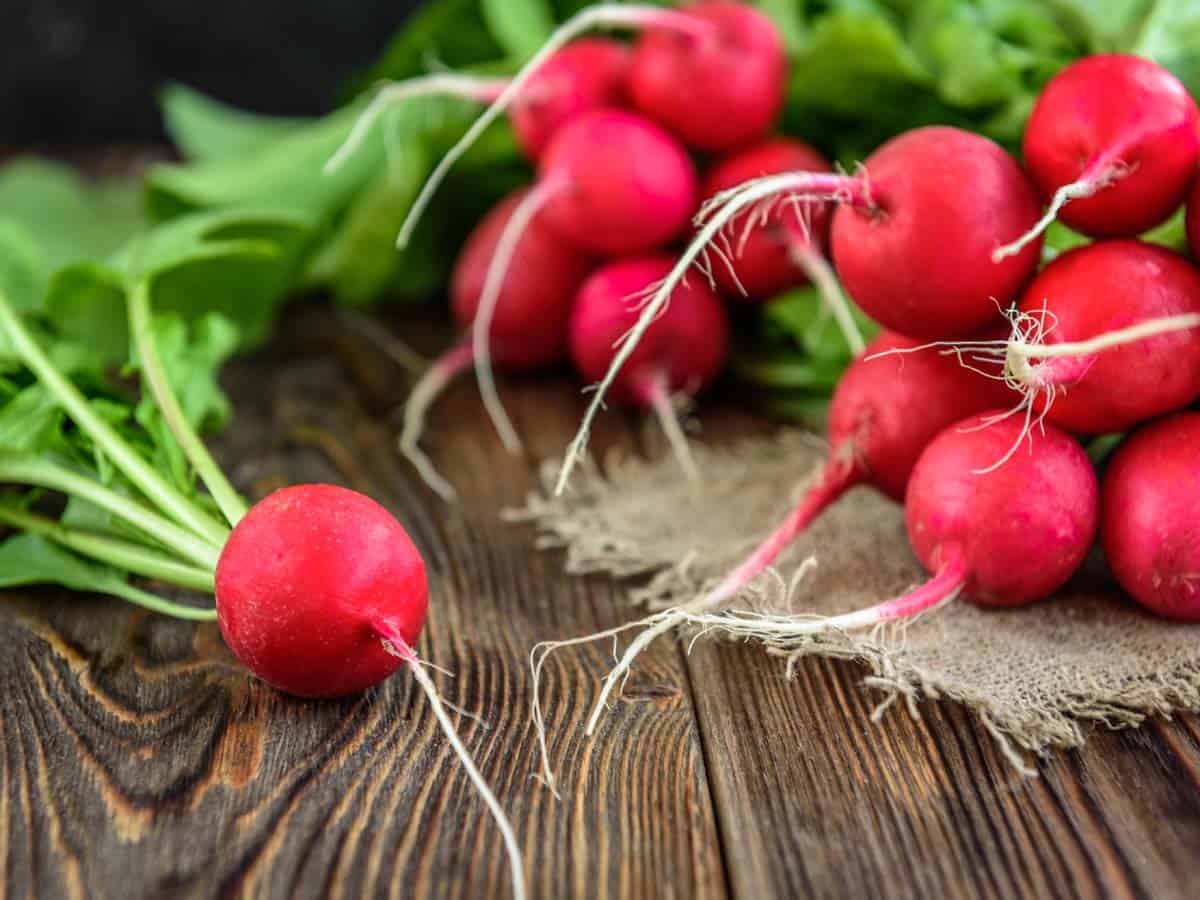
Radishes
Radishes are root vegetables and are often eaten raw on salads. Radishes have a sharp spicy flavor.
Buying
Look for radishes that are smooth and brightly colored. The leaves should be green and fresh-looking. Avoid radishes that are soft or dull-looking.
Storing
Remove the radish greens, which are edible, before storing them in a plastic bag. Refrigerate for up to one week.
Preparing
Slice off the roots and leaves, wash and pat dry. Radishes can be served whole, sliced, diced, minced, and/or grated, depending on the recipe. Cook radishes to temper their bitter flavor.
Recipes
- Watermelon Radish Chips - Fresh Coast Eats
- Asparagus Radish Salad with Honey-Mustard Dressing - Happy Kitchen
- Fried Radish and Cauliflower Hash Browns with Bacon - Peace Love and Low Carb
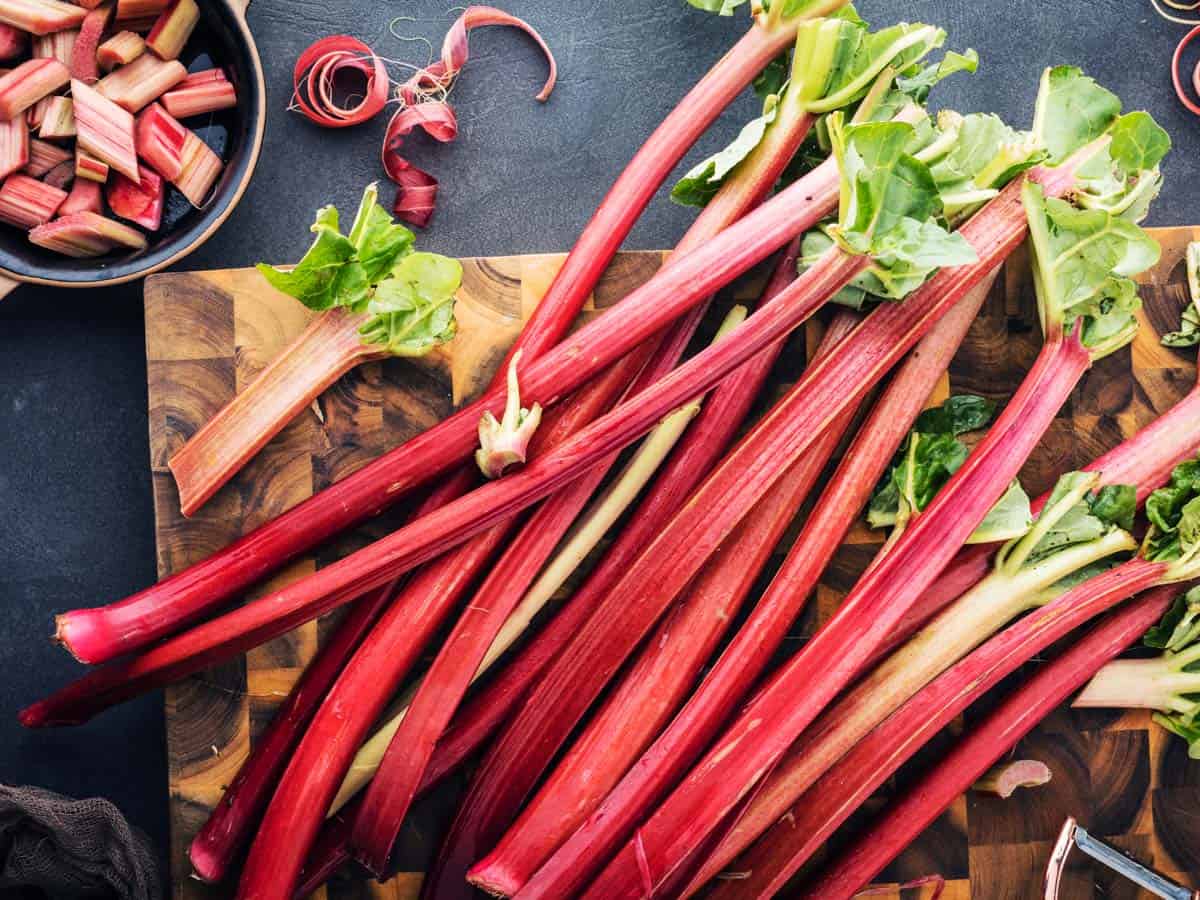
Rhubarb
Rhubarb is classified as a vegetable, but it is often used as a fruit. The leaf stalks can be eaten raw, they have a crisp texture similar to celery.
Rhubarb is commonly cooked with sugar and used in pies, crumbles, and other desserts. Rhubarb has a strong, tart taste.
Buying
Look for rhubarb stalks that are flat and firm. Avoid rhubarb stalks that are limp and curled.
Storing
Refrigerate unwashed rhubarb stalks in a plastic bag for up to 3 days.
Preparing
There is no need to peel the stalks just pull off any obvious strings and trim off any rough areas. Next, cut the stalks into ½ to 1-inch pieces against the grain of the stalk to help break up stringiness.
Rhubarb has a high amount of acid and it is best to cook rhubarb in non-reactive cookware.
Recipes
- Rhubarb Scones - As For Me and My Homestead
- Rhubarb and Custard Pudding - A Mummy Too
- Healthy Banana Rhubarb Muffins - To Simply Inspire
- Rhubarb Creme Brulee
- Rhubarb Chocolate Cake

Spring Peas
There are several varieties of peas. English peas or garden peas are larger and must be shelled before eating.
Sugar snap peas or snow peas are most often eaten with the whole pod. The peas inside are small, and the pods are crisp, sweet, and delicious.
Buying
Peas should be bright green and feel crisp and fresh. Peapods should snap. Avoid cracked or limp pea pods.
Storing
Store peas in a plastic bag in the refrigerator for up to 4 days.
Preparing
Wash peas before shelling and cooking.
To shell peas, pinch off the ends, pull down the string on the inside, and pop out the peas.
Snow peas do not need to be shelled, just wash and trim them before cooking or eating raw. Sugar snap peas need the string removed from both sides before cooking or eating raw.
Recipes
- Asparagus and English Pea Pasta with Pancetta & Shrimp - Couple in the Kitchen
- Spring Risotto - Chisel and Fork
- Grandma’s Creamed Fresh Peas with Basil - Dish 'n' the Kitchen
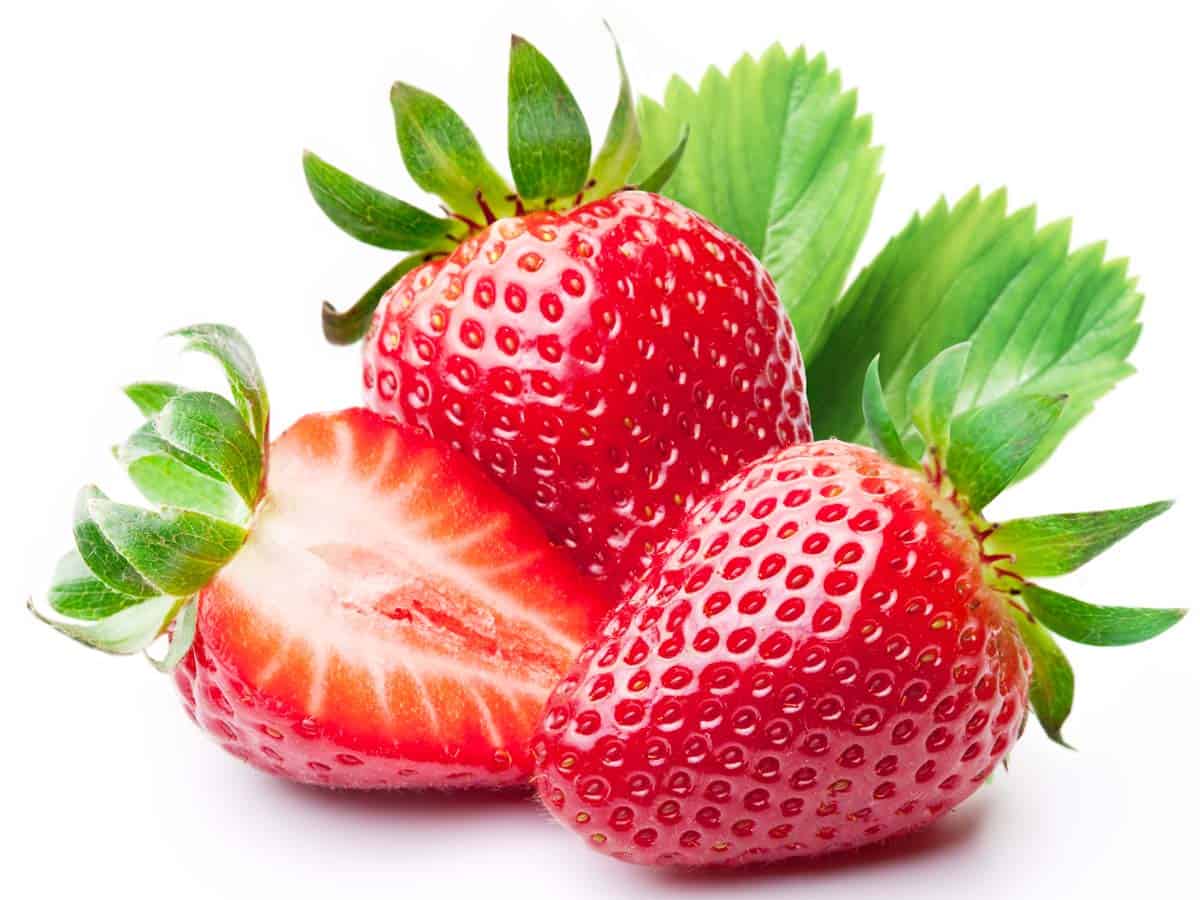
Strawberries
Strawberries are one of the most popular fruits in the world. They are a juicy mix of sweet and tart.
Strawberries are frequently eaten fresh, as part of a mixed fruit salad, topping a dessert like a fruit tart or my favorite angel food cake, or in a savory salad.
They can also be cooked into jams and compotes or baked into cakes and breads.
Buying
Look for brightly colored plump strawberries with fresh green caps. Avoid strawberries that are wilted, moldy, bruised, or have white or green parts.
Storing
Strawberries can be refrigerated for 3 to 5 days. Take them out of the refrigerator 30 minutes before consuming them. They taste sweeter when at room temperature.
Preparing
Just before eating or cooking strawberries, swish in a bowl of cold water to clean. Do not soak the strawberries. Hull (remove the leaves and green caps) and slice the strawberries as desired.
Recipes
- Fresh Strawberry Pie without Jell-O - House of Nash Eats
- Strawberry Oatmeal Pancakes
- Strawberry. Cucumber, and Arugula Salad with Poppy Seed Yogurt Dressing - Paleo Gluten-Free Guy
- Strawberry Banana Chocolate Chip Smoothie
- Roasted Strawberry Jam
- Strawberry Chocolate Cupcakes
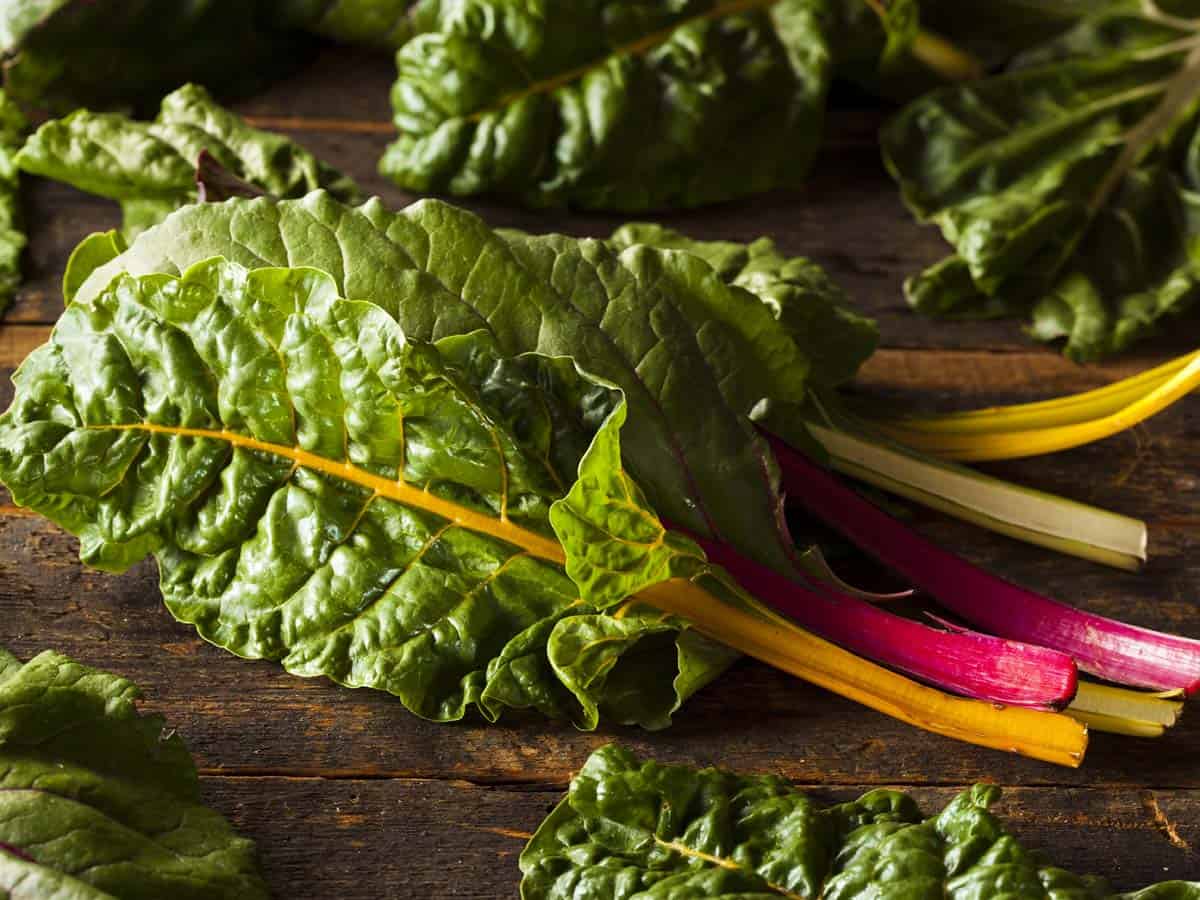
Swiss Chard
Swiss chard is less bitter when it is raw rather than when it is cooked. Swiss chard is a great source of vitamin A, vitamin K, and vitamin C.
Buying
Swiss Chard should have dark green leaves and brightly colored stems, Avoid swiss chard that is dried out and brown.
Storing
Swiss chard can be kept in the refrigerator for up to five days.
Preparing
Swiss chard can be eaten raw or cooked. Before using chard, cut the leaves away from the stems and wash leaves in cold water.
Rinse the stems and trim off any blemishes. Swiss chard stems are tougher than the leaves and require a longer cooking time of an additional five minutes.
Recipes
- Vegan Creamed Greens - The Baking Fairy
- Catalan-Style Sauteed Swiss Chard - Caroline's Cooking
- Sweet Potato Sheperd's Pie - Might Mrs.

Zucchini
Zucchini is considered a summer squash. Meaning its prime season is May to August. Summer squash has thin, soft skin and soft edible seeds, whereas winter squash has hard skin and seeds.
Zucchini can grow really big! The biggest one ever recorded was 7 feet 10 inches. Most zucchinis would grow to be as big as a baseball bat but they are usually picked when they are much smaller because as they grow they become tough and fibrous.
Buying
Look for zucchini that are no longer than six inches and one to two inches in diameter.
Zucchini should have firm, shiny, and slightly prickly skin, be free of cuts and blemishes, and have at least one inch of stem attached.
Avoid longer and bigger zucchini they tend to be tough and fibrous. Also, avoid zucchini that are soft or have cuts and blemishes.
Storing
Store zucchini, unwashed, in a perforated plastic bag in the crisper drawer of the refrigerator for up to 5 days. If zucchini starts to wilt, use immediately.
Cooked zucchini should be covered, refrigerated, and used within two days.
To freeze zucchini, slice into rounds, blanch for two minutes, plunge into cold water, drain, and seal in airtight containers or baggies. Frozen zucchini may be kept for up to one year.
Preparing
Wash zucchini just before preparation. Peeling is not necessary.
Recipes
- Veggie Pasta Sauce
- Zucchini Cupcakes with Cream Cheese Frosting - The Itsy-Bitsy Kitchen
- 5 Ingredient Shredded Zucchini & Feta Sauté - Food Meanderings
- Chicken Zucchini Fritters
Read More: Seasonal Produce Guides
Thanks for Reading!
If you try this recipe, let me know! Leave a comment and rate it below! You can also snap a picture and post it on Facebook or Instagram be sure to tag me @RaspberriesandKohlrabi.
Subscribe to get more recipes and tips by email.


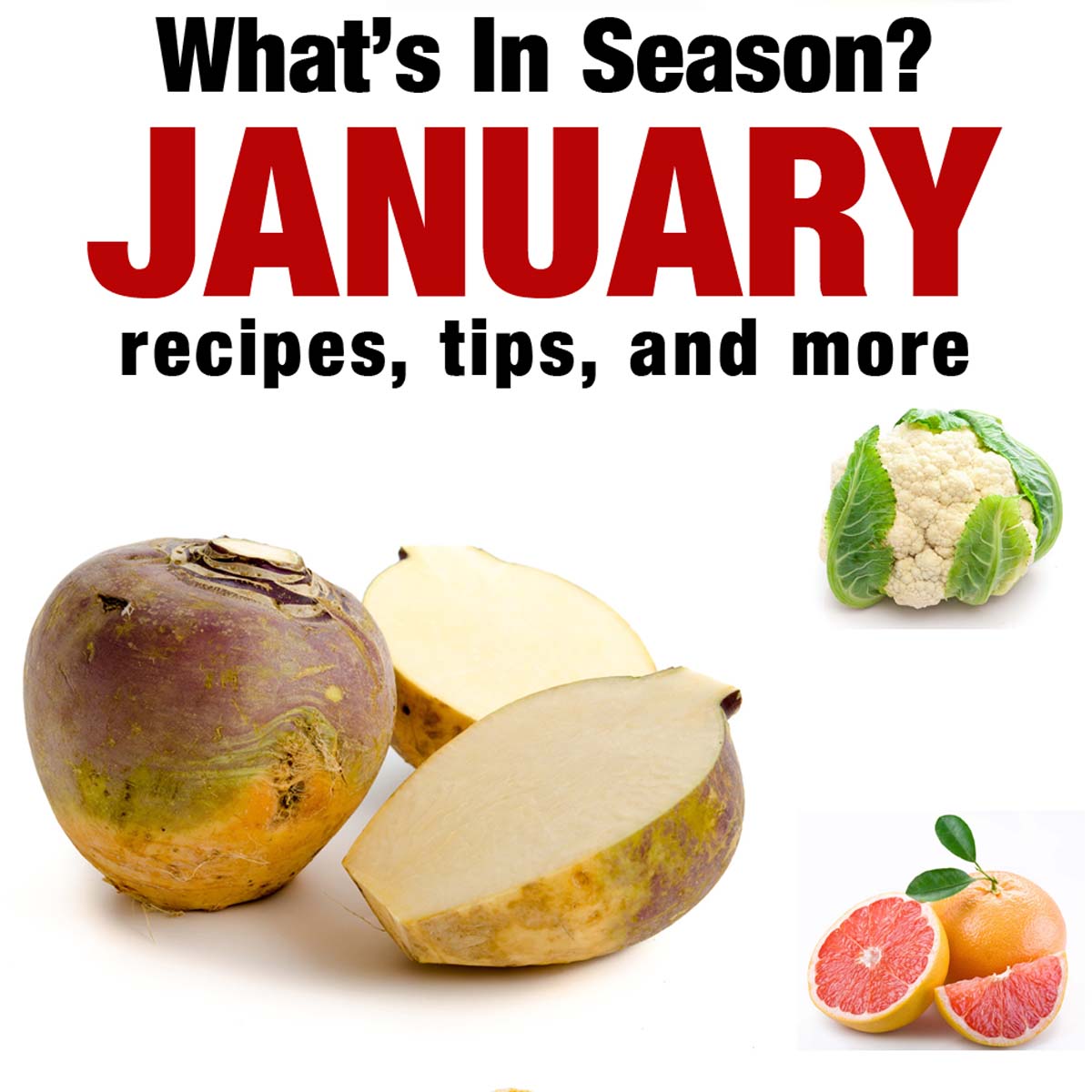
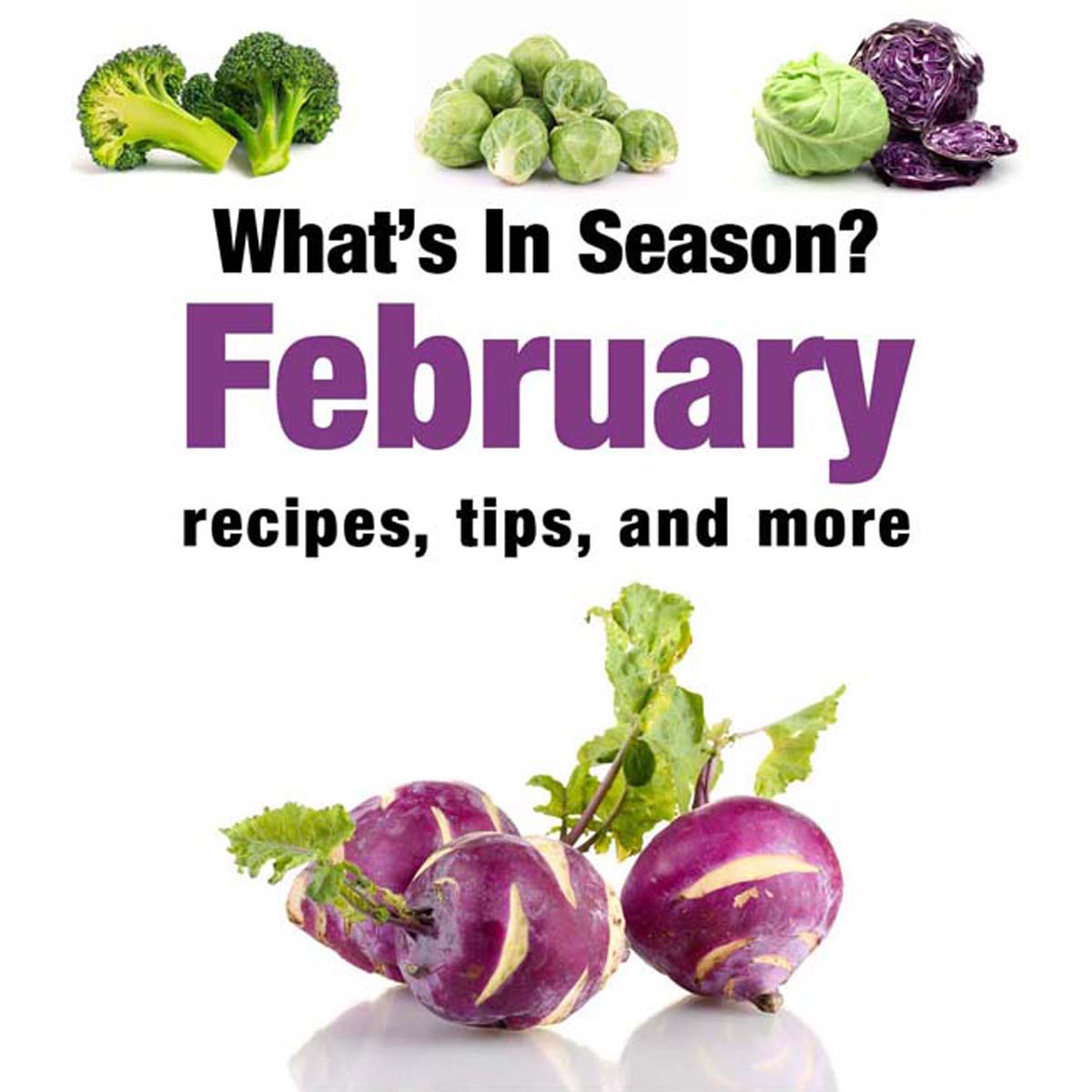
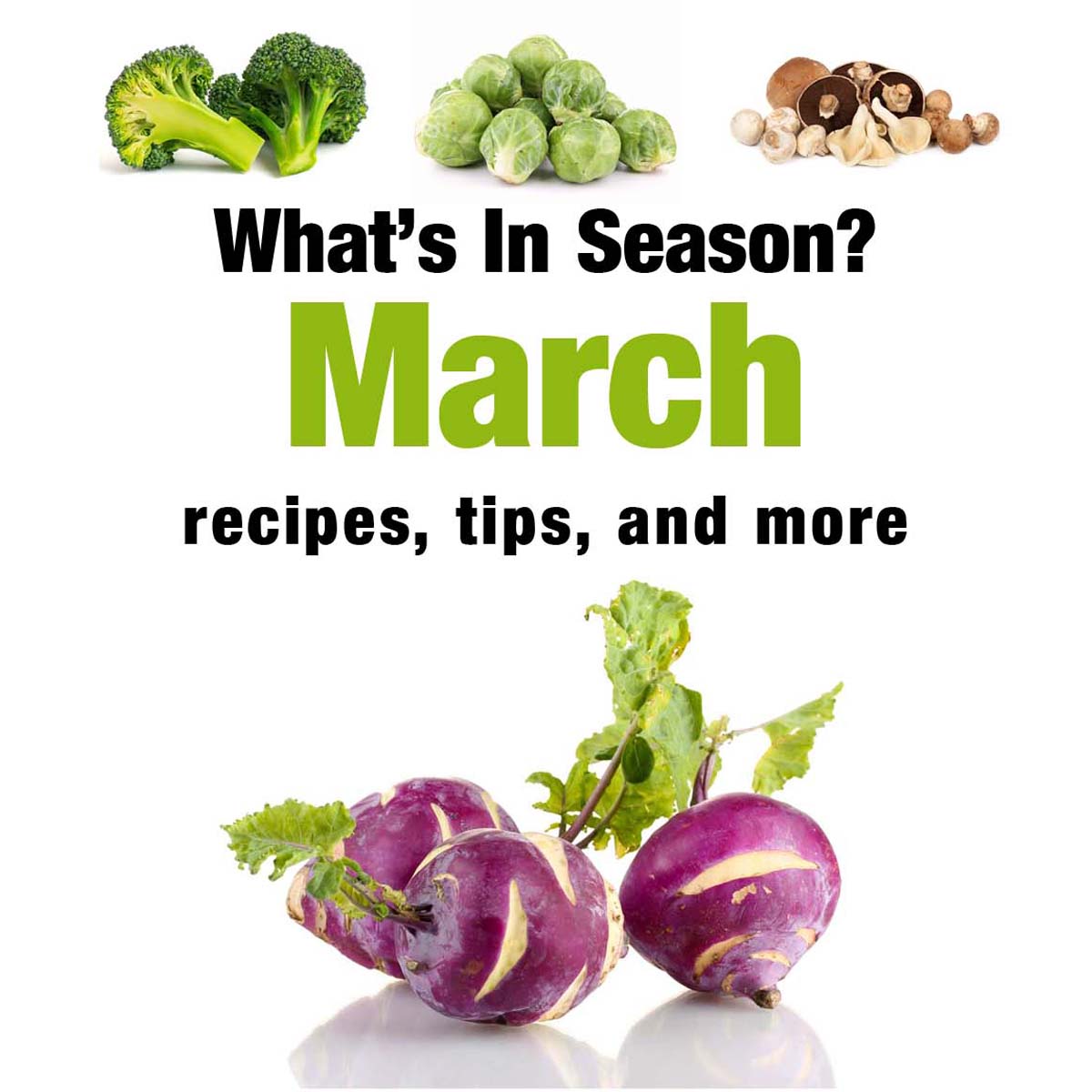

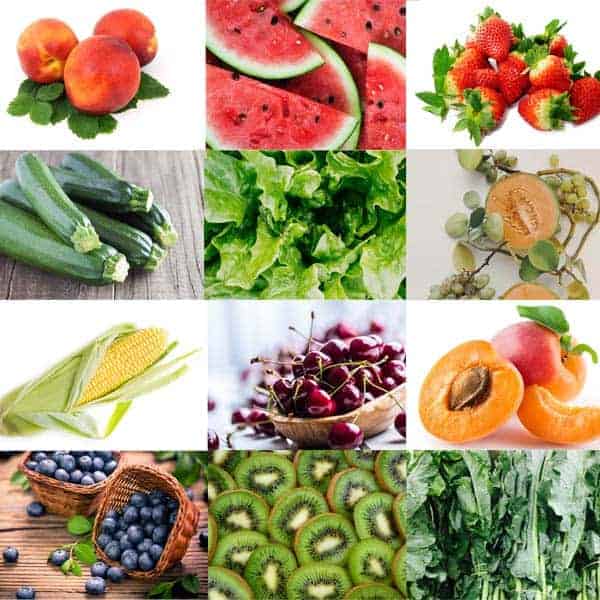
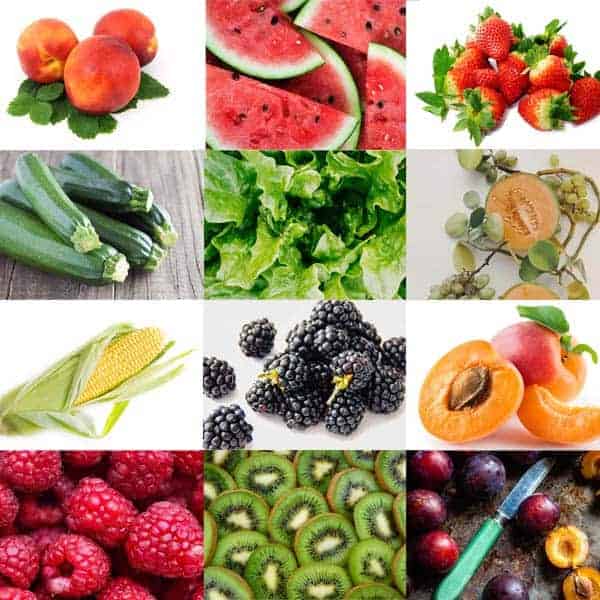
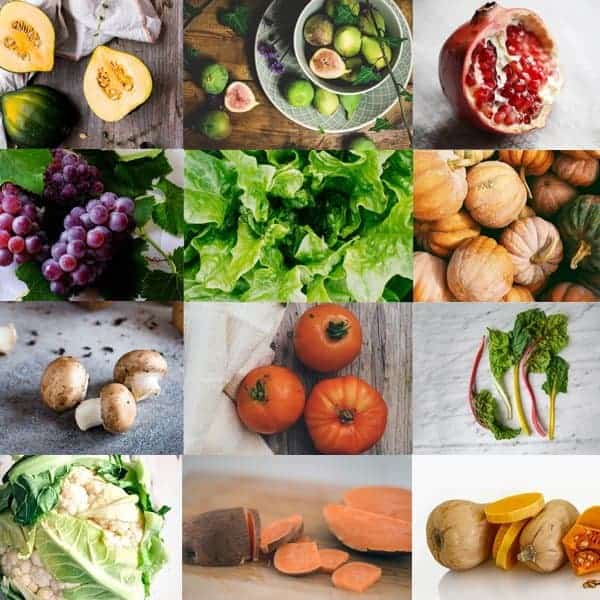
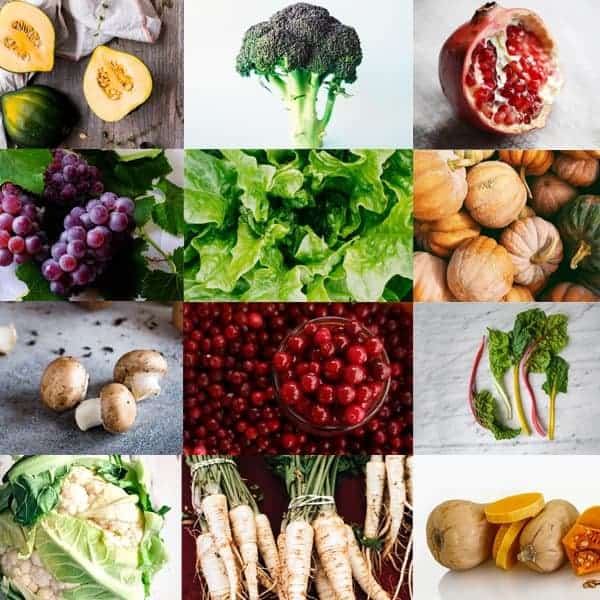

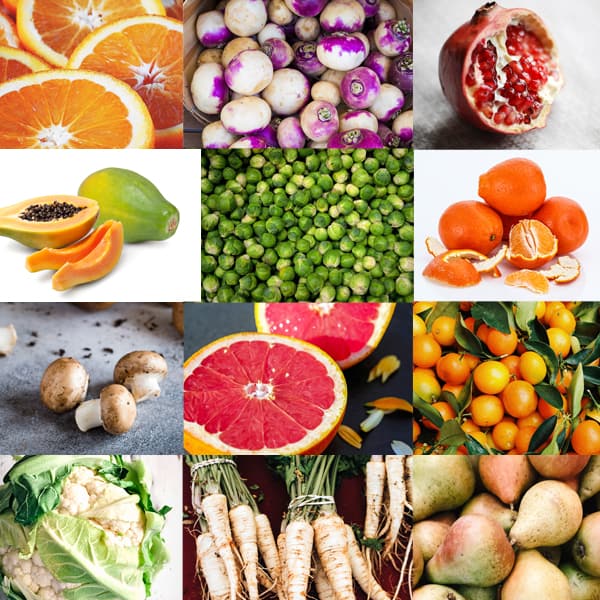

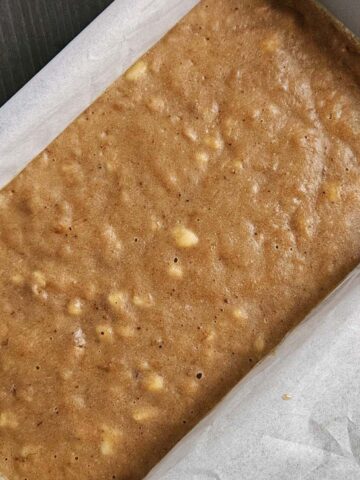
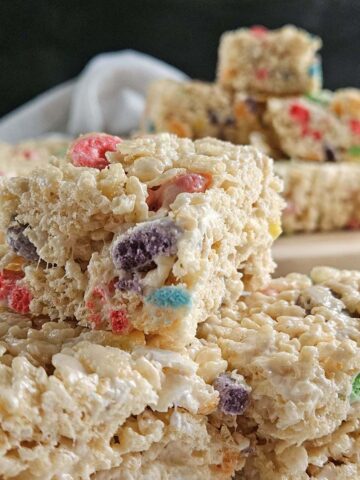
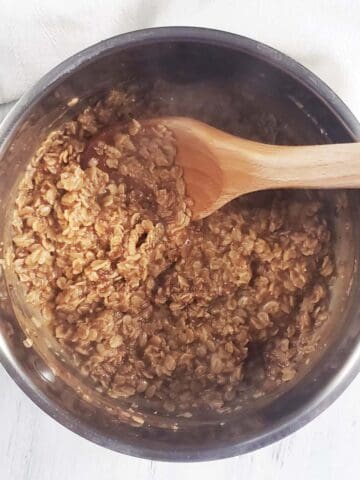
Kathryn Donangelo says
Great post, thanks for all of the ideas! 🙂
Erica @ Raspberries and Kohlrabi says
Thanks for stopping by!